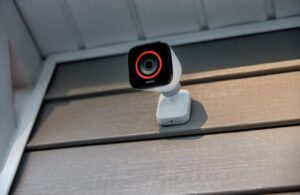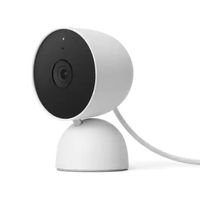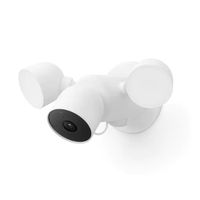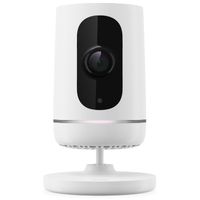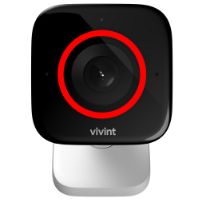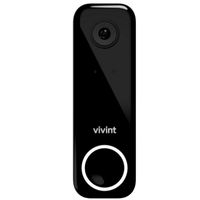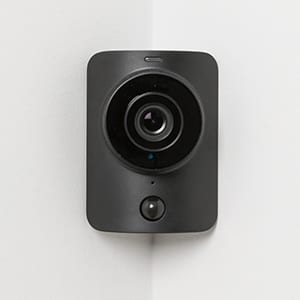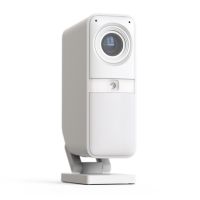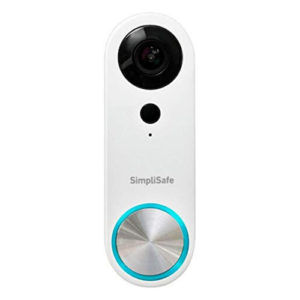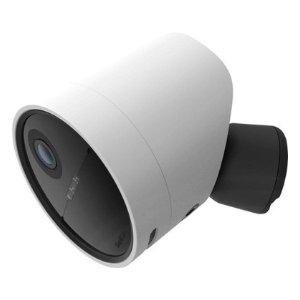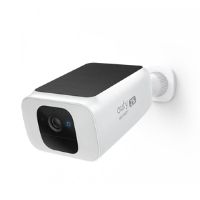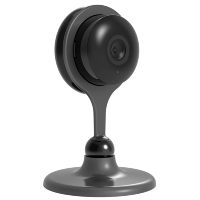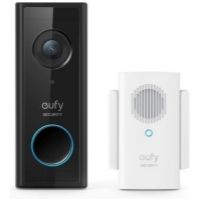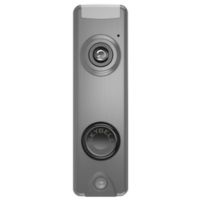There’s no question that alarm systems deter crime and can increase the odds of catching a burglar if your home does get broken into, especially with cameras.
Many emergencies are too serious for you to deal with by yourself. In most cases, you’ll want police, fire, or medical professionals on the scene as soon as possible. Around-the-clock alarm monitoring is an essential feature offered by the majority of home security providers.
Let's take a look at the benefits and unique perks you get when getting security cameras as part of a home security system.
The mere presence of a home security camera sends an unmistakable message that someone's watching or recording you. It's possible to enhance this uneasy feeling by installing the camera in a location with high visibility, which provides a clearer view of events. Many security systems work with cameras using a bright spotlight for nighttime deterrence. That's often enough to discourage impulsive burglars looking for an easy target.
Looks alone won't stop someone with stronger motivations and more experience, so most security cameras include audible components like sirens and two-way audio to reinforce the message. For example, Vivint's lurker detection plays a sound and lights up to scare away uninvited guests.
A surveillance camera's biggest strength is the ability to record footage for later review. Every frame contains loads of information, like actions, clothing, and physical characteristics, that can help identify a careless burglar. With many security systems, the camera triggers your alarm when detecting an intruder—giving you and the monitoring center valuable warning time.
That said, most modern security cameras use a built-in motion sensor to trigger recording when someone enters the field of view, so they may not capture the whole event.
A security camera system can't always prevent a burglary but it can help you spot the items a burglar took. Whether you record everything or the burglar turns off the camera, you can compare older recordings with the aftermath to see what's different. This comparison is why we recommend placing cameras in common areas of your home where you're likely to keep many of your possessions. With the recordings, you'll have an easier time filing police reports and insurance claims.
Video verification means the monitoring center can review recent recordings when an alarm triggers to verify that you need assistance. While the preceding three benefits apply to all security cameras, video verification is the only feature unique to home security with professional monitoring.
In contrast, alarm systems without video verification will check with you when an alarm goes off but err on the side of calling emergency responders when you don't reply—an unverified alarm. Unfortunately, many police departments won't respond without a verified alarm. Still, if the police arrive at your home without a legitimate emergency, they'll probably fine you for a false alarm. Depending on where you live, that can be very costly.
But here's the kicker with video verification: it's rare among residential security providers. To our knowledge, the only providers on our list that offer some form of video verification are ADT and SimpliSafe.
